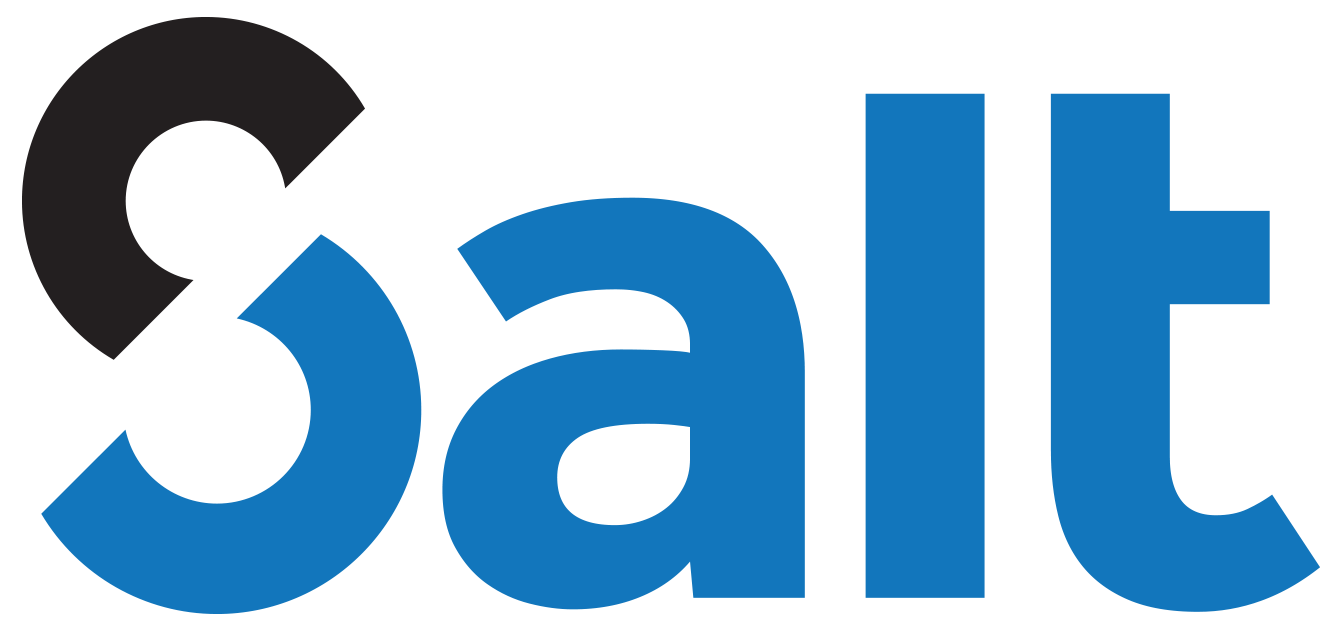ALBUQUERQUE, Beatriz Ventorini Lins de; SIQUEIRA, Sean Wolfgand Matsui; dos SANTOS, Paulo Sérgio Medeiros. Digital Technologies and partnerships for Sustainable Development Goals: A document analysis. In: INTERNATIONAL CONFERENCE ON DIGITAL GOVERNMENT RESEARCH (dg.o 2025), 26. , 2025, Porto Alegre/RS. Proceedings […]. California: digital government society, 2025 . p. 1-10. doi: 10.59490/dgo.2025.1004
Digital Technologies and Partnerships for Sustainable Development Goals: A document analysis
Authors
Beatriz Ventorini Lins de Albuquerque (UNIRIO)
Sean Wolfgand Matsui Siqueira (UNIRIO)
Paulo Sérgio Medeiros dos Santos (UNIRIO)
Abstract
Digital governance is a central concern in global efforts to achieve the Sustainable Development Goals (SDGs). The United Nations (UN) emphasizes the potential of digital technologies and technological partnerships to address global challenges, while governments struggle to develop technology governance policies at a pace that keeps up with technological advancements. Problem: despite growing recognition of digital technologies and technological partnerships as key enablers of sustainable development, there is limited understanding of how they could be more effectively leveraged by governmental and non-governmental organizations to advance the SDGs. Approach: This study examines how the UN envisions the role of digital technologies and technological partnerships in advancing the SDGs and analyses these findings through the lens of Social Innovation Ecosystems (SIEs). Methods: A qualitative document analysis was conducted on six official UN documents (2022–2024) addressing digital technologies and technological partnerships in the SDGs context. Thematic and reflexive analysis was applied with iterative coding. Main results: Findings highlight priority issues such as AI regulation for child protection, ethical and inclusive AI governance, counterterrorism, and efforts to reduce digital inequality. Four thematic categories were generated, and analysis also reveals a dual focus: centralized governance and stringent regulation of emerging technologies — particularly AI — alongside a call for international cooperation, ecosystem-like partnerships, public digital goods, and open models. Conclusions: Some UN priorities present tensions, as strict governance structures may hinder the agility required for open collaboration, and vice versa. SIEs approach may offer a potential balance, enabling governments, corporations, academia, and civil society to co-create solutions, share resources, and scale social innovations while ensuring technological development and adoption aligns with human rights, digital equity, and the SDGs.
Keywords:
United Nations, Sustainable Development Goals, Digital Technologies, Technological Partnerships, Governmental Partnerships, Social Innovation Ecosystems, Document Analysis

